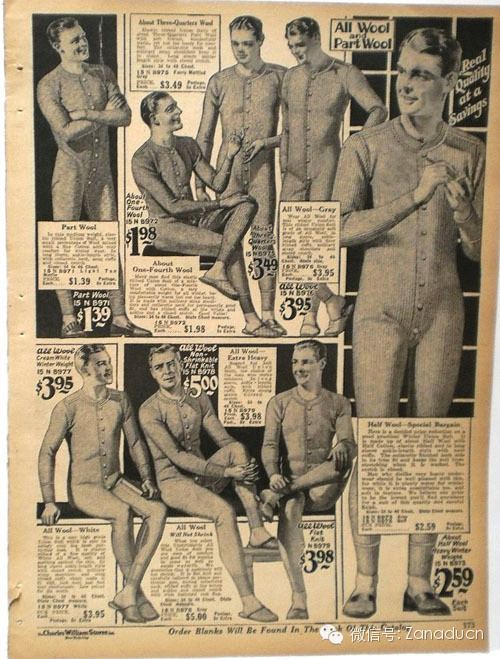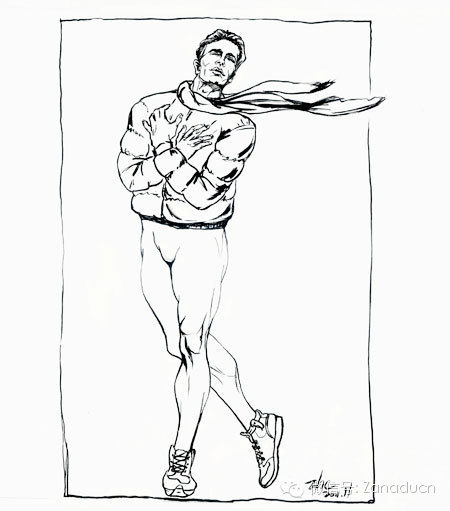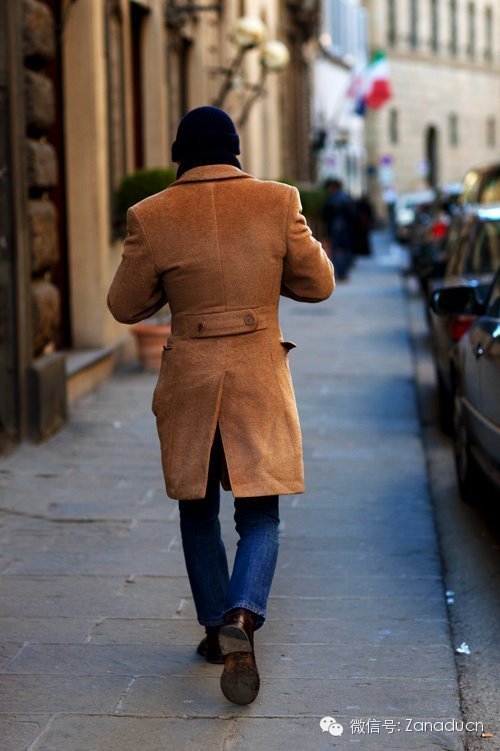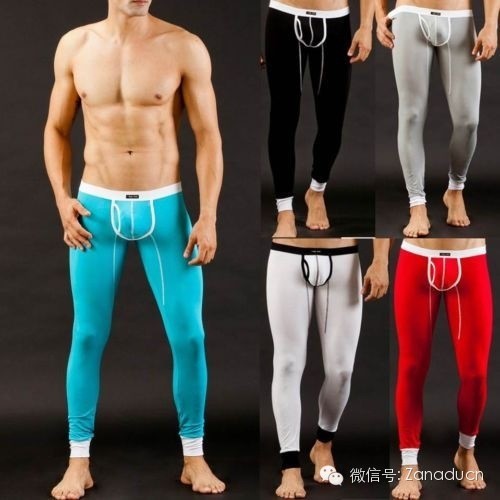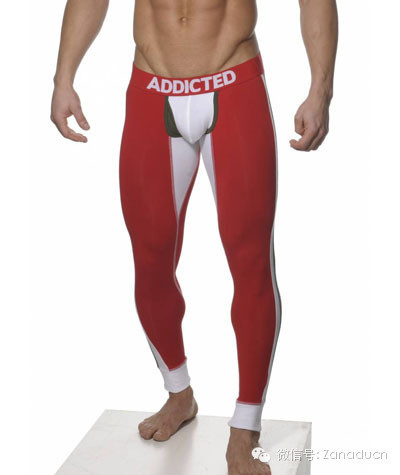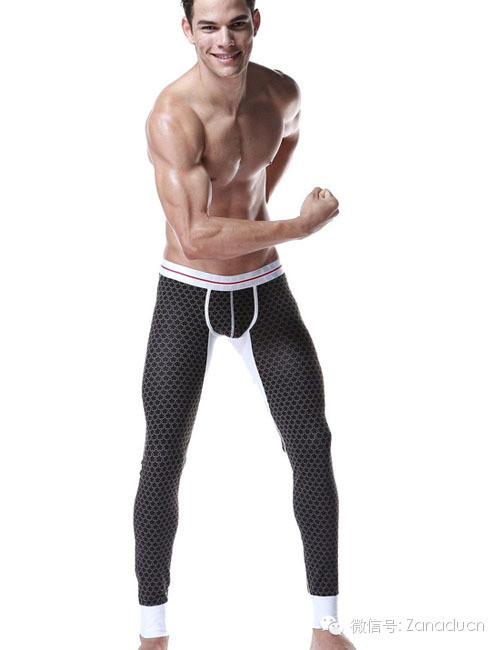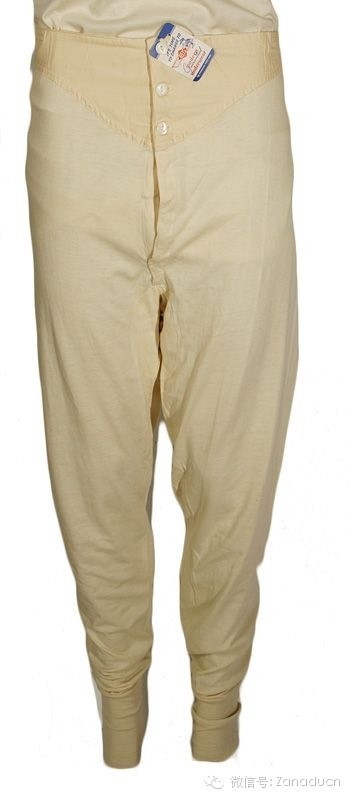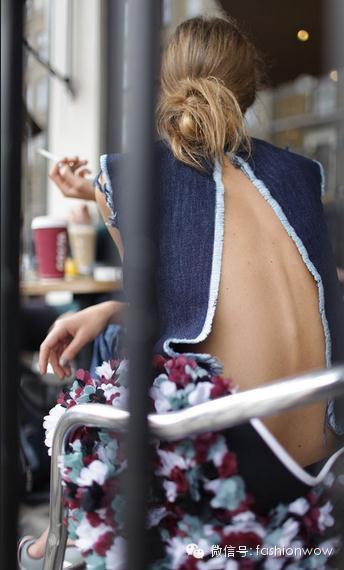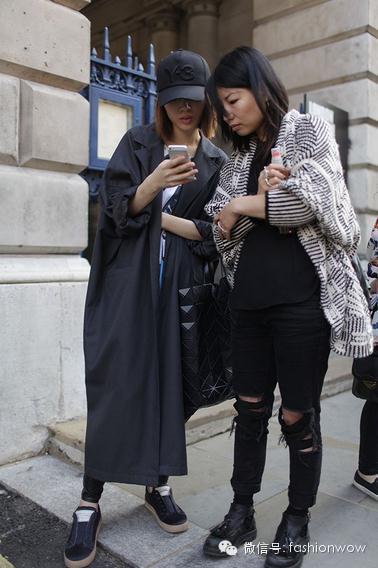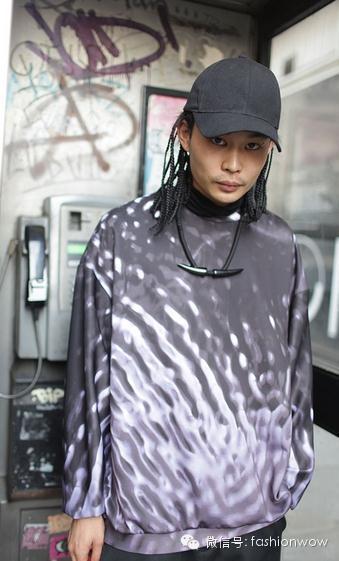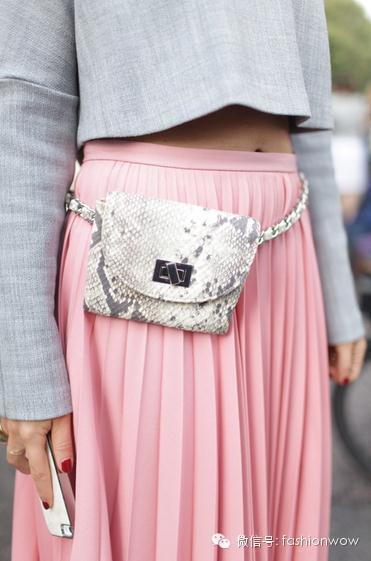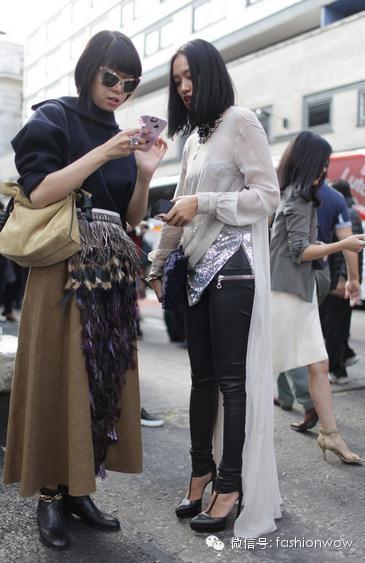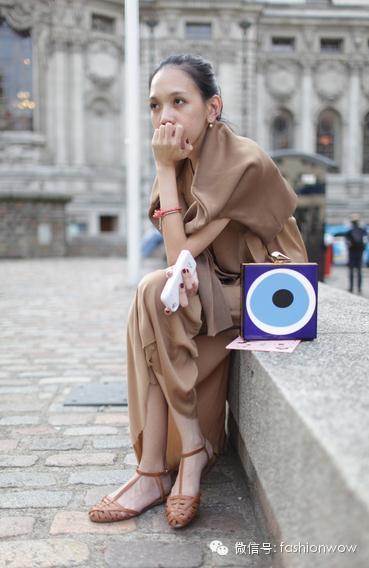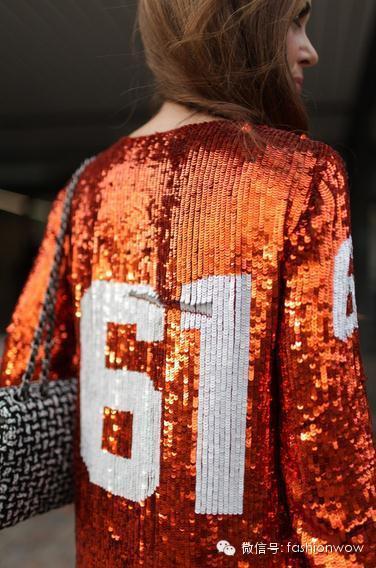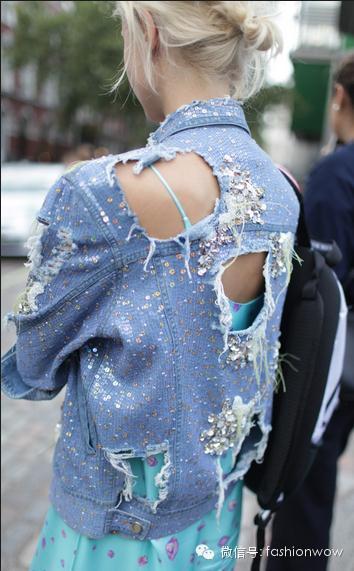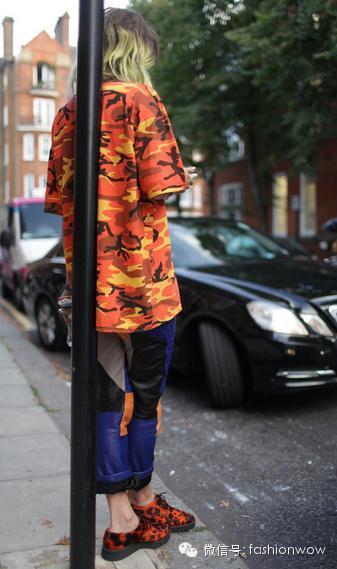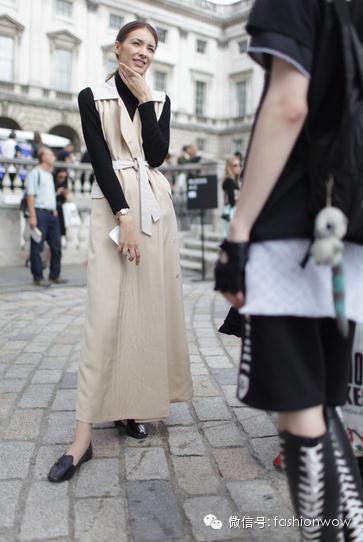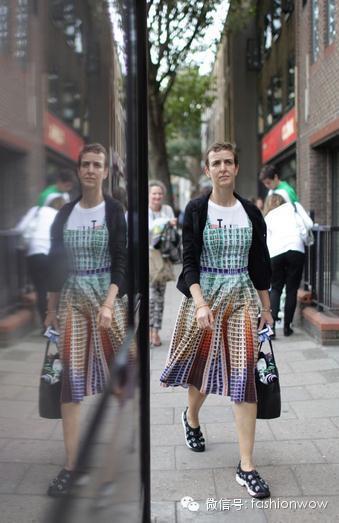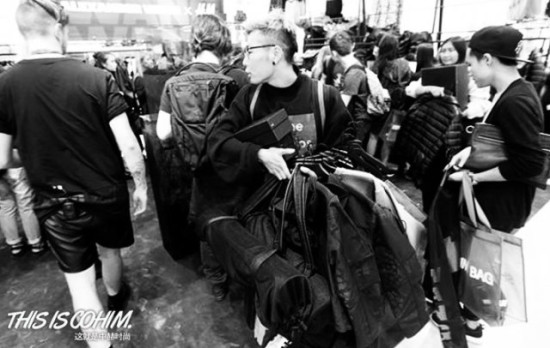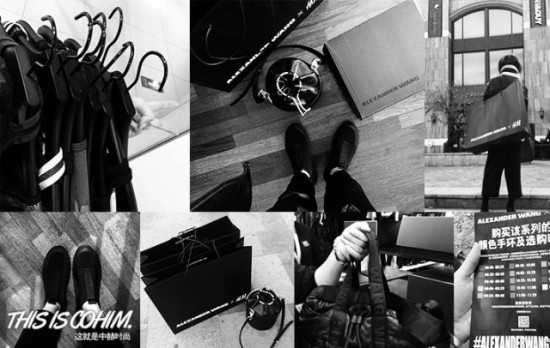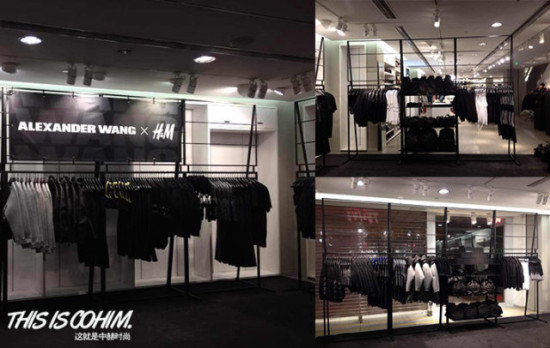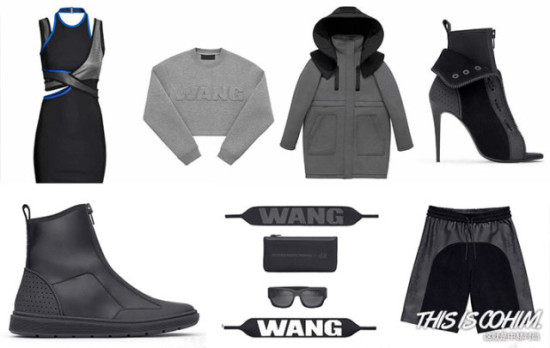Originally, I thought, from the beginning of 2012 on the microblogging and blog posted several photos fluorescent agent, we may have to fluorescent agents have a more comprehensive understanding, through learned how to distinguish the fluorescent agent. However, the actual point of view, many people get the UV flashlight, or can not properly distinguish fluorescence or fluorescence as the normal is not normal, leading to a lot of misunderstandings, and some even to the point of panic. So write this, on related issues for the introduction and discussion.
First, fluorescence and fluorescence agent
Fluorescence refers to a substance in the ground state after receiving some rays carry energy increases occurred track transition, when after stopping irradiation, electron back to the original track at the same time, in the manner of the release of this part of the light energy, the light on called fluorescence; this phenomenon is called fluorescence excitation process. This principle is widely used in the lighting industry and scientific research. Phosphor referred to herein unless otherwise indicated by means of a ultraviolet ray-excited fluorescence (UVF), referred to as "UV fluorescence."
There are many materials - natural or artificial - can fluoresce when irradiated with ultraviolet light. Different excitation wavelength, or a different material, different fluorescent color emitted.
Using this principle, the human specifically developed to produce UVF some substances for different purposes, these specially manufactured for producing a fluorescent substance, it is called a fluorescent agent.
In other words, the natural substances are not capable of emitting fluorescence in this column, and the use is not for the purpose of generating a fluorescent substance, the fluorescent agent does not belong.
In a wide variety of fluorescent agents, there is a category for whitening, which mainly emits blue-white fluorescence under UV light irradiation, is called fluorescent brighteners, which emits fluorescence intensity is very high, which is particularly capable of causing attention.
Summed up: can produce fluorescence, is not necessarily a fluorescent brightener. Look at a picture (in this photo shoot with a professional UV lamp):
Square left position (numbered 1), a fluorescent whitening agent. Clockwise are: retinol palmitate (yellowish green), Autumn Hill acne elimination (partial differential yellowish green), Man Ling essence, Autumn Hill acne repair cream, green highlighter handwriting. Note: only the first square is a fluorescent whitening agent. The last one is a fluorescent, but not the fluorescent whitening. The other two are natural fluorescence, Autumn Hill that is issued by the plant extracts. Plant components, the flavonoids, with conjugated structure, prone to fluorescence. Salicylic acid has a very strange phenomenon, there is no direct exposure to salicylic acid fluorescence, but in some people, once applied to the skin emits bright, fluorescent green and white a bit, because so far we do not know what.
Their luminous intensity and color, I believe you have an intuitive feeling, right?
Second, the fluorescence agent safety
Previously wrote: There are many fluorescent agent, security can not be generalized, and sometimes people feel very confused.
Some very harmful fluorescent agents have been identified, such as polychlorinated biphenyls, chemically quite stable, easily absorbed into the human body and accumulates, very difficult excreted. Animal toxicity tests show that it has caused distortion, carcinogenic effect. Can cause poisoning if PCBs stored in the human body when it amounted to 0.5g ~ 2g.
Food and food contact packaging, prohibit adding a fluorescent agent (we should remember the last Master bowl fluorescent agent was traced to an event, then I confirmed experimentally only in the Master bowl bowl does not touch the outer part of the food use of printed containing fluorescent agent coated paper, and therefore this is not illegal see:. www.cheapjordanskicks.com).
State Administration of Work Safety "occupational hazards classification table", the fluorescent whitening agent is characterized as toxic chemicals; and the National Development and Reform Commission in 2008 promulgated and implemented the "detergent with fluorescent brighteners" industry standard, pointing out that the fluorescent whitening can be used in laundry detergent agents.
Yongjia Shen (2011) argues that "occupational hazards classification" provides fluorescent whitening agent is a chemical toxic substances, not because it is itself toxic, but because in the manufacture of fluorescent whitening process, will use some chemical toxic substances this is not difficult to understand why ethanol, diesel, kerosene and other toxic substances have been classified as chemical (I personally feel that this argument did not seem tenable, because the finished ethanol, diesel, kerosene itself through contact with the skin and the respiratory tract, digestive Road occupational exposure itself is directly harmful).
Franzklaschka (1994) considered the fluorescent whitening agent is safe. Guo Huiping (2007) reviewed the view that recent clinical trials abroad and found fluorescent brightener used in the paper industry does not have the potential dangers, but in general the use of fluorescent whitening process nor toxic, causing sensitization, carcinogenicity, mutagenicity or other hazards to human health impact.
China's Taiwan region specified paper products, clothing, masks and other items in contact with the skin, not containing fluorescent substances can migrate to the skin. Shenyang Chemical Research Institute director 王景国 also frankly stated that due to dye the high cost of optical brighteners safety studies done little.
Seen from the above, a wide variety of fluorescent agent, a variety of information and very much, you feel it in the end is not safe? Perhaps harmless, perhaps harmful, perhaps the benefits?
Third, where the fluorescent agents need to look? Why?
It appears we do not yet have a unified conclusion that we just assume that the fluorescent agent is safe. Especially those that do not migrate to the fluorescent agent on the human body, especially means: for the paper industry, the textile industry. Cloth on paper, walls, furniture, household items, stationery and so on. Because they have been cured in the corresponding object inside, wash off, it will not transfer to the skin, not to mention being absorbed by the digestive tract. It is also used in various industrial standard license. We do not need to worry for those inside the fluorescent agents - so do not panic.
The question is: So, we check to identify what significance does the fluorescent agent?
If in any place of the fluorescent agent is safe and harmless, even beneficial, in cosmetics, sanitary napkins, paper towels, a fluorescent whitening agent is identified valuable.
First, the cosmetics, the addition of a fluorescent whitening agent, at least should be listed on the ingredient list. Unfortunately, now we've tested have been added fluorescent agent mask, cream milk, no one doing this, you simply can not find the shadow of a fluorescent agent. As a consumer, you can choose a fluorescent agent products, but whatever the outcome should be notified soon, let alone regulations have this request.
Many of these products are selling very expensive, and say how effective is how strong. 1200 dollars to buy 50ml mud containing fluorescent whitening agent in the body, if you do not feel injustice, it really - does not make sense to identify the fluorescent agent.
To be more that a little, if you're going to a bar or something, painted this is a photo ...... blacklight effect so thriller, surely not what you want, right?
Again for sanitary napkins. Absorbent cotton sanitary napkins should make use softwood pulp long fiber pulp will not nor necessary to add brighteners. Only inferior, recycled pulp as the only necessary to add bleach and fluorescent whitening agents when absorbent cotton to remove, conceal the impurities. Added fluorescent agent is harmful uncertain, but added fluorescent agent must be rubbish. This time the fluorescent agent is a very important indicator. Fortunately, the last time I tested a dozen species of the more well known sanitary napkins available in the market and found no problems adding a fluorescent agent (see: www.cheapjordanskicks.com).
Ah ...... so watch seems to have no value? Well, if there is someone to tell you: all else WSJ fluorescent agent is not our home, so our house three or four times more expensive though ...... but we do not have fluorescent agent ah! - Do you think this is not the time to verify what is good?
Finally, talk about the problem of tissue. The extent of the uneven quality of the market than the WSJ tissue to be much worse, very high probability of eating out in the move. Remember: Those who use low-quality paper pulp, especially the poor quality of recycled pulp paper towels do, it will certainly add a fluorescent agent, otherwise the white paper up. With real high-quality pulp tissue is not necessary to add the production of optical brighteners. With those who appear before the white paper Cazui, you are not going to think about the quality ......?
Fourth, how to identify and take pictures?
As mentioned earlier, the fluorescence is not a fluorescent agent. Fluorescent whitening agents are extremely efficient, low concentrations can have a very good fluorescence intensity. Fluorescent brightener kind of dazzling, blue-white light is very impressive in. So, when you see such a fluorescence when almost certainly contain a fluorescent agent. If you're not a profound experience, please take a xerographic paper, in a dark place, with a UV flashlight it, read it several times, you will remember.
If fluorescence is weak, is not this blue and white colors, it is not fluorescent brighteners. I have been given in the previous examples.
High brightness fluorescent brightener, ultraviolet not visible, it will be faced with a high-contrast scenes photographs. The average cell phone camera is very slag, better than the human eye can always automatically adjust the aperture, it is difficult to pay attention to shooting skills to take real pictures, this is because the phone camera's automatic exposure mode, a little weaker than fluorescence and fluorescence area will become completely white (the color of Friends called "wear" is overexposed mean, overexposure can cause total loss of color information in the region), this time the PO to the Internet, it is hard to tell, like this:
Background and central parts of the contrast is too high, resulting in the central part of overexposed white, not fluorescent agents
How to solve this problem? Two techniques:
1) electronic exposure value manually set the phone to -1.3 ~ -1.7EV. Specifically, how to set each phone is different, but if the camera mode to manual tune, most can see this adjustment bar, my phone is like this:
2) small flashlight light source compared to a professional Wood's light has a drawback, is playing out light cup light is not uniform, the middle and four Zhou Guangjiang high light intensity is low, which is somewhat accurate exposure and record the image interference. My approach is: Do not use the center to the brightest light irradiation, the hand ionizing the sample distance farther, let spot bigger, and with that circle of light slightly weaker, as shown below.
With this technique, take photographs and laboratories specializing in UV light than the almost
Five Frequently Asked Questions
1) Why is there a fluorescent nails?
Keratin is a weak bluish white fluorescent issue, but it is quite different intensity and fluorescence agent.
2) I use UV light someone's face and found his face full of orange little bit, what is this?
This is a class of substances produced by the metabolism of microorganisms called porphyrins (mainly coproporphyrinogen VIII and protoporphyrin IX), are located in the pores, can emit fluorescence at about 630nm ultraviolet light, it is normal, not a fluorescent whitening agent. As shown below:


